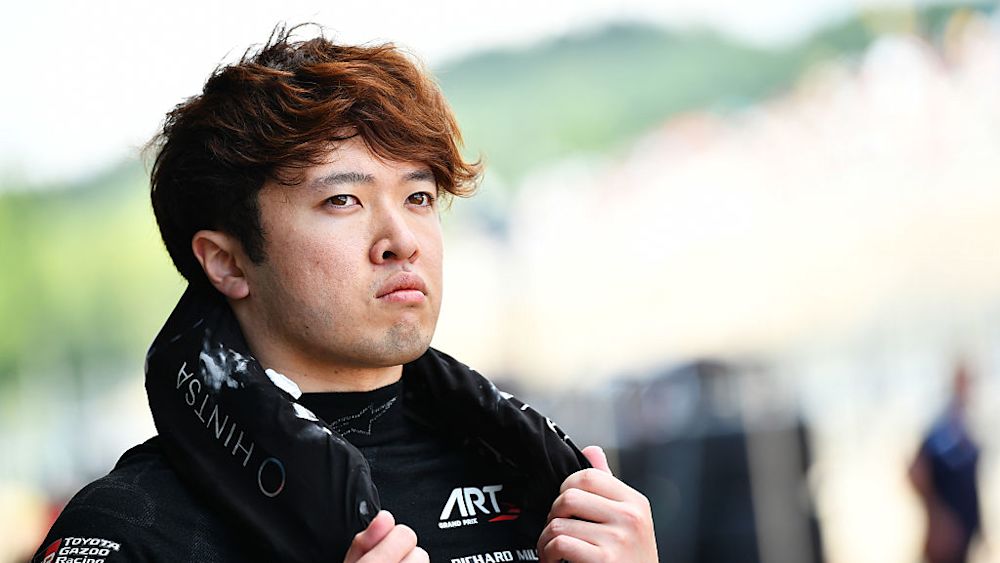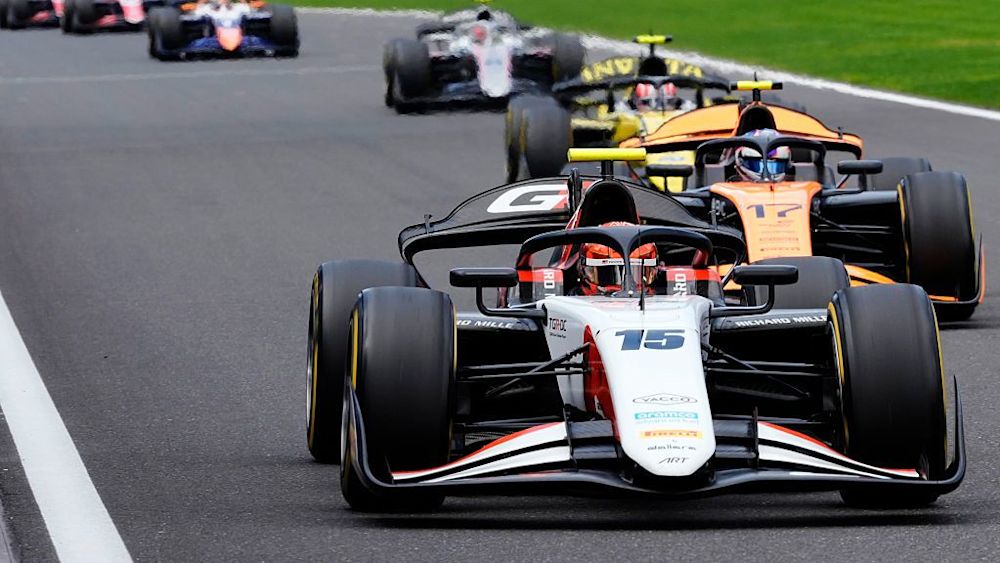Feature
Adapting the balance and enjoying the moment: How I Race with Ritomo Miyata

ART Grand Prix’s Ritomo Miyata gives us the inside line on how he likes to drive his Formula 2 machine and the details behind his driving style.
From the lessons he learned growing up racing in Japan, to the understanding of his career in F2 and the car he drives now, it has all added up to get him to where he is today.
“My driving style is always trying to do as late a braking phase as possible. Especially after the racing driver coach I had in Japan once said to me that ‘Every corner flat out is impossible,’ so you have to try and make each braking point as late as possible to maximise where you can.
“When I stepped up to Formula 4 from go karting, it was a big difference. Karting, the way I drove it anyway, had front brakes. Formula cars have four brake discs, they’re heavier and bigger. Tyre warm up is also important.
READ MORE: Building up the weekend and traits from karting: How I Race with Gabriele Minì
“It was difficult when I first stepped up, when I was younger, to understand how to drive the bigger cars. In Japan, you have to be 18 years old to get a car driving licence. So, when you’re racing younger, it’s difficult to understand how to drive a big car.
“Coming over to Europe, there’s a lot of new details to learn. Firstly, the tyres. The F2 car also has downforce produced a bit differently, the wing shapes. But the driving feels quite different from what I’ve had before.
“The F2 calendar follows the F1 calendar, which is good for a driver because you’re able to experience these tracks. In Japan, you have Suzuka only. So we know Suzuka, but the rest of the tracks we don’t know. So it’s good to know and learn these tracks that F1 visit as well.

“Then you have the same tyre supplier as in F1 too. So you get to know and learn the Pirelli tyre characteristics, warm up and everything you need to. In F2 you can learn a lot.
“In terms of a balance, when I work with a new team they always ask if I prefer oversteer or understeer. Maybe I prefer a little bit more understeer, more towards neutral. But if I had to choose, I’d go with understeer.
“I don’t like sliding the rear and losing the tyre. Especially in F2, the rear tyres are important because a good rear tyre is needed for traction. My driving style can rotate the car even if it’s understeering but oversteer is a bit more difficult.
“I try to be as smooth as possible. I don’t want to have an aggressive style because even in Qualifying in Bahrain for example, we need to manage the tyres in order to push. If you do too much, you’ll overheat the tyre.
READ MORE: Leonardo Fornaroli: My Ultimate Driver
“Some drivers can be quite aggressive, they use the oversteer balance and use the steering angle to rotate the car, it’s hard on the front tyres. I prefer to have as little steering as possible.
“I’d say the most important thing I’ve learned was actually the first time I drove a car, and that was to just enjoy it. When I drove in go-karting, or first time in F4, F2, whatever it was, you’ll always have a first time. So you have to enjoy it.
“I got a TPC F1 test in January. It was a big opportunity, and I was very nervous because it’s an F1 car and I had a lot of people working with me. But I didn’t want to forget to enjoy it, because if you enjoy it, you’re more comfortable and more focused.
“Everyone understands that if it’s your first time, you could make mistakes, so it’s normal and you can just relax a bit more and enjoy the experience.”